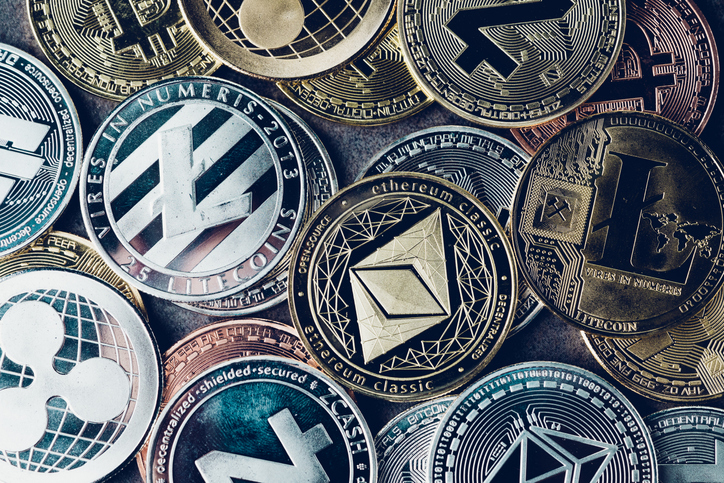Menu
What is tokenomics? Here’s your five-min guide

What is tokenomics? Here’s your five-min guide
March 7, 2024
The word tokenomics is derived from the words ‘token’ and ‘economy’ and defines the study of supply, demand, distribution and valuation of cryptocurrencies. Here’s a explainer to get you clued-in quick.
It can be useful to think of Tokenomics as the monetary policy of blockchain networks. The main features of a cryptocurrency’s tokenomics are its issuance, distribution schedule and vesting periods, burning mechanisms, decentralised finance (DeFi) incentives, utility and technical features.
Although design mechanisms for tokenomics are still evolving, investors often demand that a company release a detailed token distribution schedule ahead of the planned launch date. In this way, they justify whether the token is worth investing in based on their own metrics, and many use it as a way to establish a level of trust after determining exactly how much the founding team has allocated for themselves.
The way tokenomics is structured largely depends on the use cases of the base network itself and the philosophies that drive the team behind the company.
Supply
A token’s supply is perhaps the most important dynamic of how its price trajectory takes shape. There are two components to token supply that ultimately determine this – the maximum supply and circulating supply.
Many cryptocurrencies establish a maximum supply, indicating the upper limit on the total number of coins or tokens that will be in existence. After the initial launch, a fraction of a token’s maximum supply enters circulation, known as the ‘circulating supply’.
In the case of some blockchains like Bitcoin, the maximum supply is hard-coded to be 21 million coins during its lifetime. Meanwhile, Ethereum does not have a cap on the supply of its native token Ether, and its supply can either increase or decrease each year.
The circulating supply is a way to gauge the supply and demand forces in play based on the number of tokens in circulation at that point in time. These tokens can be minted, burned or locked up, which can also influence the price of the coin, which is also where token allocation and vesting periods come into play.
Allocation, vesting periods, & burns
A detailed distribution schedule prior to the token’s launch is now common practice among crypto companies, with the token’s allocated to venture capitalists and early investors often locked up for a specified vesting period. In this way, investors have an assurance that a large holder isn’t likely to dump a large portion of coins on to the market.
Crypto companies may choose to regularly burn tokens, similar to a share buy-back, and reduce the number of coins in circulation. They do this by sending coins to a ‘burn wallet’, which can receive coins, but not send any. Companies do this with the intention of reducing the inflation rate of their token, or simply reducing its total supply.
It is also possible to introduce additional coins into circulation may adhere to a transparent and predictable schedule. However, it’s not uncommon to postpone the token unlocking roadmap with minimal justification.
Mining, staking & yields
Incentive mechanisms for miners and validators are an important component of keeping the token economy running. In order to mine a new block in a Proof-of-Work (PoW) blockchain pay out a reward in coins to those miners validating transactions. Bitcoin’s block subsidy and transaction fee is one example of how such a model works.
On the other hand, Proof-of-Stake blockchains have a staking model in place for validators, with rewards paid out to those who have locked away coins in a smart contract to participate in the validation process. The larger the number of tokens that they locked up, the higher the chance to be chosen as validators and receive rewards for validating transactions.
Check out these 6 considerations for choosing a blockchain to build on.
For DeFi protocols, token rewards paid out in yields serves as another incentive mechanism for buyers to stake tokens. Tokens are deposited into liquidity pools, which are substantial collections of cryptocurrencies supporting functions like decentralised exchanges and lending platforms. The returns from these pools are distributed in the form of newly generated tokens.
Summing it up
The world of digital assets may be a novel way to transact in this new era of finance, but in many ways, the basic systems that encompass the industry has its roots in traditional finance.
At the heart of every blockchain-based platform lies its native token, that powers the underlying ecosystem and assumes a wide range of functions, from serving the utility purpose of paying transaction fees to more complex governance roles like their use in voting on DAO proposals.
These extent to which these tokens are used, and in essence, how many are bought or sold on any given day leads to the change in its daily market value. Ultimately, this can determine how valuable the market capitalisation of a crypto company is, based on the supply-demand dynamics of the token’s existing circulating supply.
Tokenomics is the crux of how these decentralised token-based ecosystems are sustained, and understanding them can be an important framework to gauge what drives value in the realm of Web3.
Words: Samyuktha Sriram
Ready to go?
Fill out the form and we'll be in touch
